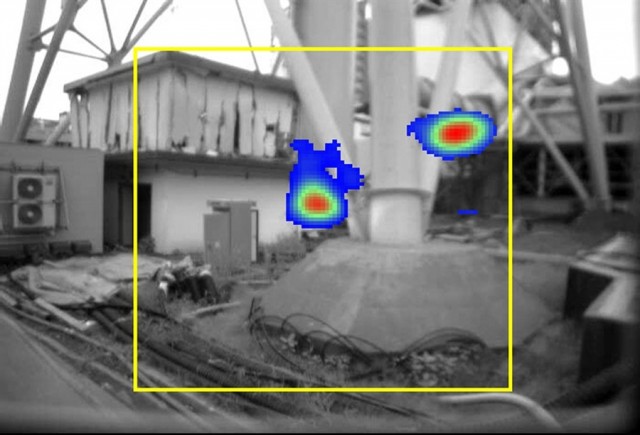- NO concrete fails to plug irradiated water leak at Fukushima source
- » The flow has continued at a seemingly unchanged rate. This is bad news for pretty obvious reasons- the leak, coming through an eight-inch crack in a pit containing power cables, is sending water irradiated at 1000 millisieverts per hour into the ocean. Having tried pumping in concrete and failed to make any progress, TEPCO’s next plan is to employ a similar strategy using a type of polymer. Polymer spraying has already been happening throughout the plant, in an effort to prevent radioactive isotopes from escaping into the environment.

